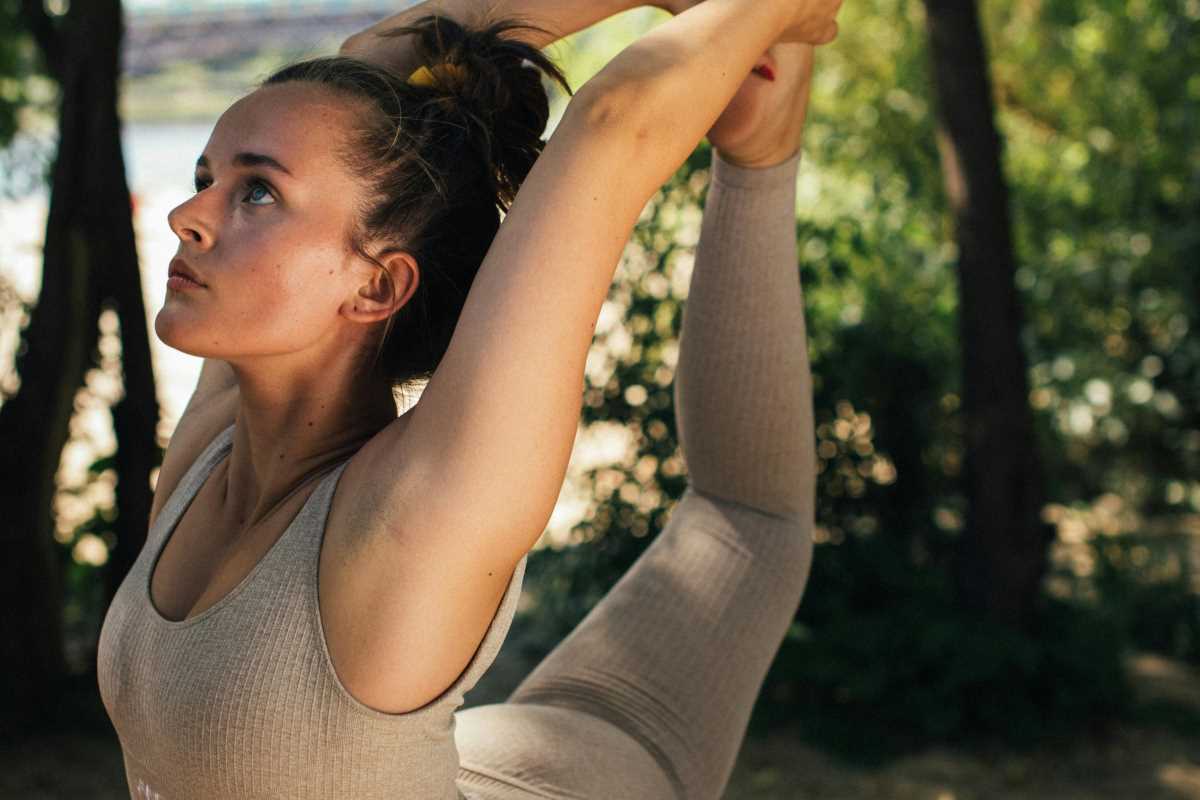Feeling scattered and anxious can hit at the worst moments, making it tough to focus, breathe, or even think clearly. When your mind is racing and you're overwhelmed, grounding exercises can be an anchor that pulls you back to a calm, centered state. These simple, practical techniques are designed to help you reconnect with the present moment, quiet the chaos in your mind, and ease physical tension in your body.
Whether you’re dealing with a full-blown wave of anxiety or just a moment of mild unease during your day, these five grounding exercises can provide immediate relief. They’re easy to learn and adapt to wherever you are. Let’s explore how they work and how to use them.
What Are Grounding Exercises?
Grounding exercises help you refocus on the present moment by tuning into your body and surroundings. When anxiety strikes, your brain can spiral into a whirlwind of “what-ifs” or intrusive thoughts. Grounding gently interrupts this cycle by shifting your attention to something tangible.
These exercises engage your senses, redirect your thoughts, and restore a sense of calm. Over time, practicing grounding techniques regularly can improve your ability to manage stress and anxiety, helping you feel more in control of your emotions.
Here are five effective grounding exercises to try the next time anxiety leaves you feeling untethered.
1. The 5-4-3-2-1 Method
The 5-4-3-2-1 method is a classic grounding technique that uses your senses to bring you back to the present moment. It’s simple, quick, and works almost anywhere. This exercise is particularly helpful when your mind is racing or you feel detached from your surroundings.
How to Do It:
- 5 things you can see: Look around you and name five things you can see. They can be as ordinary as a lamp, a notebook, or a spot on the wall.
- 4 things you can touch: Notice four textures around you. Touch your jeans, run your fingers along a table, or feel the softness of a pillow.
- 3 things you can hear: Close your eyes for a few seconds and tune in to the sounds around you. It might be birds chirping, a car driving by, or the hum of a fan.
- 2 things you can smell: Identify two scents. If you can’t smell anything immediately, sniff your sleeve or think back to a familiar, comforting scent, like fresh laundry or coffee.
- 1 thing you can taste: Notice the lingering taste in your mouth, or take a sip of water or tea to focus on.
Why It Helps:
This exercise shifts your attention away from anxious thoughts and brings it to the real, tangible world around you. By working through your senses, you ground yourself in the “now,” making it easier to slow down and breathe.
2. Deep Breathing
When you’re anxious, your breathing often becomes shallow and rapid, which can intensify your stress. Deep breathing is a go-to grounding exercise that calms both your mind and body by activating your parasympathetic nervous system, which counteracts anxiety’s fight-or-flight response.
How to Do It:
- Sit or lie down in a comfortable position. Place one hand on your chest and the other on your stomach to feel your breathing.
- Breathe in deeply through your nose for a count of 4. Focus on expanding your stomach as you inhale, rather than your chest.
- Hold the breath gently for a count of 4.
- Exhale slowly through your mouth for a count of 6, feeling your stomach contract.
- Repeat for 5–10 cycles, or until you feel your anxiety start to ease.
Why It Helps:
Deep breathing lowers your heart rate and decreases cortisol levels. Focusing on your breath distracts you from racing thoughts and gives your body physical relief from the tension that anxiety creates.
3. Sensory Focus
Sensory focus is similar to the 5-4-3-2-1 method but hones in on one particular sense at a time. This technique works well when you’re feeling too scattered to concentrate on more than one action, as it simplifies grounding into one manageable step.
How to Do It:
- Touch option: Hold a comforting object, like a stress ball, smooth stone, or soft blanket. Pay attention to its texture, temperature, and weight in your hand.
- Sound option: Listen to a specific sound, like calming music, wind chimes, or a guided meditation. Focus entirely on the rhythm, pitch, or melody.
- Taste option: Pop a mint, piece of chocolate, or a crunchy snack in your mouth. Focus on the taste, texture, and sensation as you chew slowly.
Why It Helps:
By narrowing your focus to one sense, sensory grounding simplifies the process of returning to the present. It’s especially helpful in high-stress moments when multitasking feels overwhelming.
4. Physical Grounding with Movement
Sometimes, anxiety leaves you feeling stuck in your head. Physical grounding techniques involve moving your body to release tension and reconnect with yourself. These methods can be as subtle or active as you need.
How to Do It:
- Stretch: Spend a couple of minutes stretching your arms overhead, rolling your shoulders, or doing neck rolls to loosen stiff muscles.
- Stomp Your Feet: Stand up and stomp your feet firmly on the ground. Feel the floor’s solidness beneath you and visualize roots growing from your soles into the earth.
- Walk it Out: Take a slow, mindful walk. With each step, notice how your feet touch the ground, the rhythm of your pace, and the way your body feels in motion.
Why It Helps:
Physical grounding channels nervous energy into movement and reconnects you with your body. It also breaks the cycle of sitting still and stewing in anxious thoughts.
5. Visualization
Visualization is a calming exercise that uses your imagination to transport you to a peaceful place. By picturing a serene scene, you can recreate a sense of safety and calm, even in challenging moments.
How to Do It:
- Find a comfortable spot to sit or lie down and close your eyes.
- Imagine yourself in a safe, peaceful environment. It could be a beach, forest, garden, or any place that feels calming to you.
- Visualize every detail. What do you see? How does the air feel? What sounds surround you? Picture these elements as vividly as possible.
- Stay in this imagined space for a few minutes, using it as a mental retreat from stress.
Why It Helps:
Visualization taps into your brain’s ability to create positive, soothing experiences. Repeatedly “visiting” your safe space in your mind can provide a sense of comfort and control during anxious times.
Building Your Grounding Toolbox
These five grounding exercises are tools you can use anytime you feel untethered. Whether you’re spiraling in anxiety or just want to reset after a long day, practicing these techniques regularly can help you build resilience and emotional balance.
It’s helpful to experiment with each method to see what works best for you. Some may resonate more than others, depending on the situation or your personal preferences. Over time, having a go-to grounding exercise can become a lifeline, helping you manage anxiety before it spirals out of control.
 (Image via
(Image via


.jpeg)


